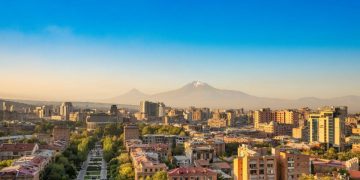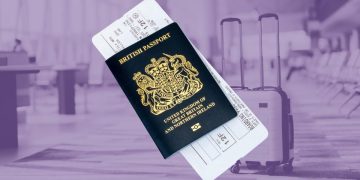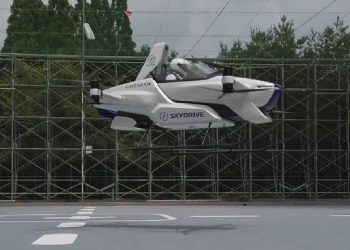New Delhi: The entire country is celebrating the first National Space Day today to mark the completion of one year of success of Chandrayaan-3 mission in space. Then, making today's day more special, Isro announced another good news. Also today on 24th August on National Space Day ISRO shared the details of Chandrayaan-4 (Chandrayaan-4).
Indian Space Research Organization (ISRO) shared the launch details of Chandrayaan-4 as well as the objectives of Chandrayaan-4. In fact, ISRO's Chandrayaan-4 will not only land on the moon, but also bring back rock and soil samples to Earth. ISRO chief S Somnath informed that if Chandrayaan-4 is successful, India will become the fourth country to bring back lunar samples from the lunar surface to Earth. Currently, the mission is awaiting the approval of the government.
When will Chandrayaan-4 be launched?
India's fourth mission to the moon i.e. Chandrayaan-4 may be launched after four years i.e. around 2028. Which will reach above Shiva-Shikti point of Moon. ISRO chief S Somnath said, “We have prepared the design of Chandrayaan-4. Along with this, how the soil samples will be brought from the moon to the earth has also been detailed. At present we do not have such a powerful rocket that can carry all the parts of Chandrayaan-4 into space. That is why we are planning to launch the mission in different parts.”
The ISRO chief further said, “A 350 kg rover will be deployed in Chandrayaan-4. Chandrayaan-4 will bring 3-5 kg of soil and rock samples from the lunar surface to Earth. The spacecraft will have five separate modules. Then the first module of the Indian space station will be launched in 2028. In which only robots will be sent. After that, a total of five modules will be sent into space one after the other in this station.
2 modules of Chandrayaan-4 to go to Moon: ISRO
Chandrayaan-4 mission will be completed in different phases. After the mission launch, the two modules will detach from the main spacecraft after reaching lunar orbit. Also these two modules will land on the surface of the moon. Both modules will then collect samples from the lunar surface. After collecting the samples, a module will be launched from the lunar surface and attached to the main spacecraft in lunar orbit. The sample will then be transferred from this spacecraft to the spacecraft returning to Earth.
































